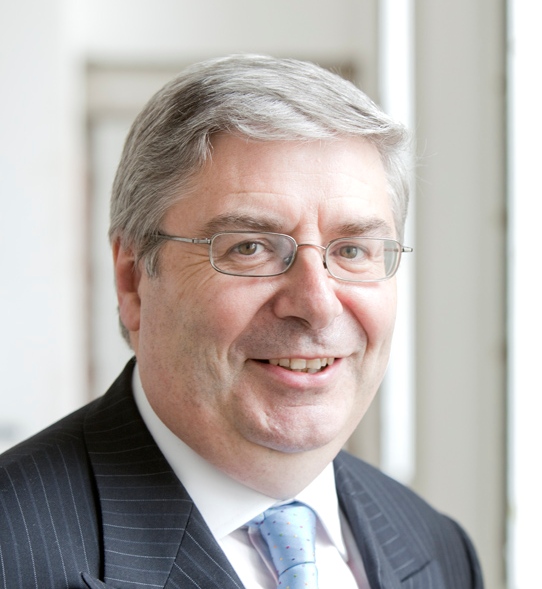The three Brutalist towers and extensive piazza of the Economist Building in St James’s, London, with steps down to the neighbouring streets, designed by architects Alison and Peter Smithson was radical in its day, set alongside the traditional architecture of Mayfair, and, though completed in 1964, still looks new and fresh today. I would doubt very much that such a development would gain planning permission today, yet now it is a listed building and, as we saw with the recent proposals for alterations and refurbishment, for which planning permission was given in July 2017, there is a great sensitivity about maintaining the essential quality of the Smithsons’ design.
The planning approval was granted for changes, primarily to the lower levels of the piazza and interconnections between the different levels. The approval letter and accompanying Section 106 agreement has much to say about highways, materials and other standard planning matters, a little on biodiversity, landscaping and protection of trees, but nothing that I can easily see on public art, though Westminster as a planning authority are generally progressive in this regard.
In previous years, the piazza has hosted a changing programme of contemporary art, at one time supported by the Contemporary Art Society, but this seemed to have declined and disappeared. It is therefore good to see Jedd Novatt’s three sculptures have appeared in the piazza, following his recent exhibition at Waddington Custot, perhaps reflecting the three towers of Smithsons’ architecture, as part of a public arts programme organised by the developer Tishman Speyer and curated by Encounter Contemporary in association with Waddington Custot. Hopefully this will be the start of an ongoing programme that will continue to bring public art into the only major public space in this warren of streets of St James’s, and complement activities in the Royal Academy courtyard across Piccadilly.








